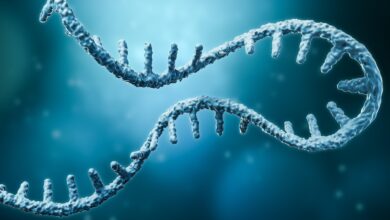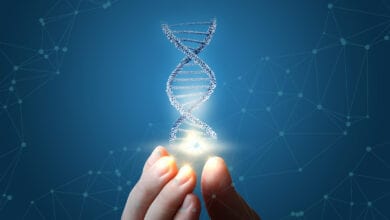Mysterious ‘crater’ on Antarctica indication of vulnerable ice sheet

East Antarctica’s massive ice sheet may be more exposed to global warming than long assumed, according to a study Monday that shows how strong winds can erode ice shelves that help hold it in place.
There is enough frozen water sitting on top of the world’s polar continent to raise sea level by dozens of metres and redraw the world map if it melts.
But understanding the dynamics of the region—which includes the much smaller West Antarctica ice sheet—has proven difficult.
Up to now, scientists have focused on the threat of West Antarctica.
Recent studies have suggested that climate change may already have condemned large chunks of its ice sheet to disintegration, whether on a time scale of centuries or millennia.

In contrast, ice covering East Antarctica was seen as far more stable, even gaining mass.
The floating, cliff-like ice shelves straddling land and ocean that prevent inland ice from slipping into the sea, it was thought, were solidly anchored.
That remains largely true. But a mysterious crater on the King Baudoin ice shelf, due south from the tip of Africa, prompted a team of researchers from the Netherlands, Belgium and Germany to challenge that assumption.
“Our research has shown that East Antarctica is also vulnerable to climate change,” said Jan Lenaerts, lead author of the study and a researcher at Utrecht University in the Netherlands.
The findings were published in the journal Nature Climate Change.
Some reports had attributed the crater to a meteorite impact, but when Lenaerts and his team arrived in January they realised the water-filled cavity had other origins.
Combining climate models, satellite data and on-site measurements, they concluded that strong winds carrying warm air were blowing away reflective snow, allowing the Sun’s rays to be absorbed into the darker ice rather than bounced back into space.
Dress rehearsal
The main vulnerability of ice shelves to climate change remains warming ocean water that erodes their underbelly.
Normally, that erosion is compensated by the accumulation of fresh snow and ice from above.
But oceans in recent decades have absorbed much of the excess heat generated by global warming, which has lifted average global air temperatures by one degree Celsius (1.8 degrees Fahrenheit).
When combined with erosion from above, the impact on ice sheet stability may be larger than previously understood.

“These processes—previously unseen in East Antarctica—indicate that further warming may amplify the risk of ice shelf collapse,” said Martin Siegert of Imperial College London, commenting on the study.
A dress rehearsal of what might happen more broadly occurred in 2002, when West Antarctica’s Larsen B ice shelf underwent a “rapid and catastrophic mechanical failure,” falling into the sea, he noted.
There, too, meltwater had collected on the surface in hundreds of lakes, and when they quickly drained the buoyancy caused the shelf to rupture.
“Larsen B tells us that surface melting can be critical to the structural integrity of ice shelves,” Siegert wrote in a commentary, also in Nature Climate Change.




